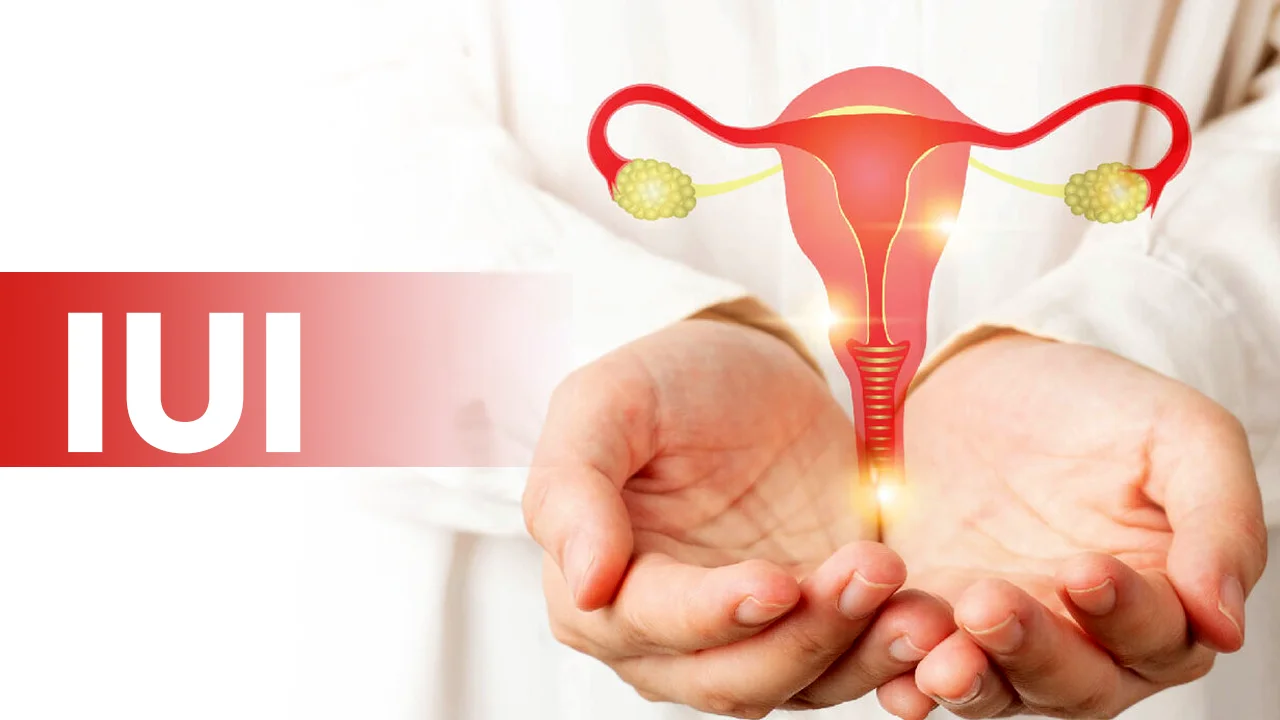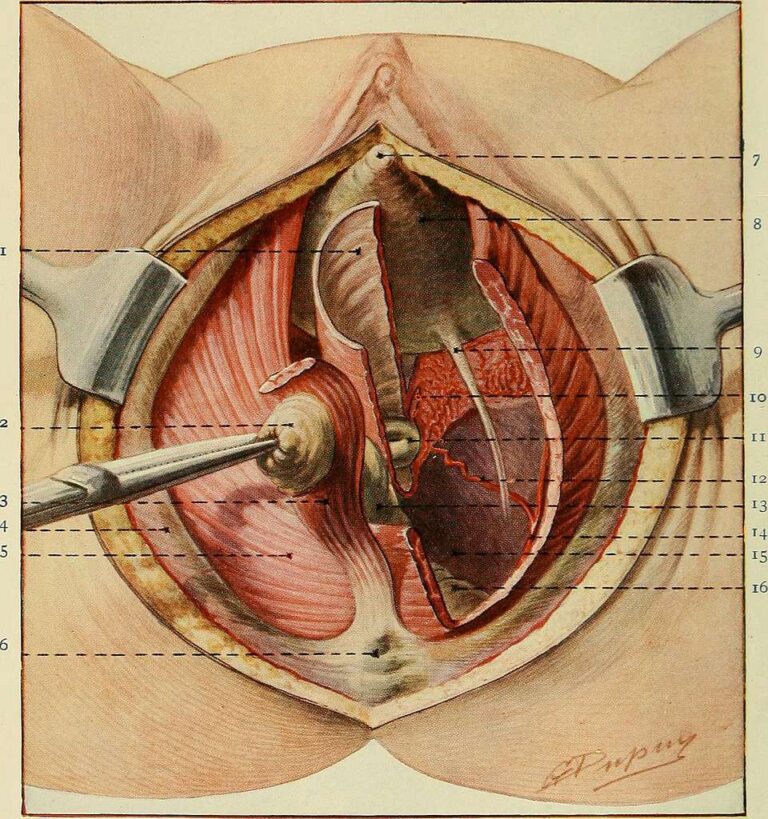How IUI Works for Infertility

When trying to conceive becomes challenging, many couples explore fertility treatments to help them start their family. Intrauterine insemination (IUI) stands as a standard and accessible option. This procedure offers hope to many who face fertility obstacles, providing a less invasive alternative to more complex treatments. Here is what you need to know about IUI:
What Happens During IUI?
IUI involves placing specially prepared sperm directly into your uterus during your fertile window. Unlike natural conception, where sperm must travel through the cervix and into the uterus, this procedure bypasses that journey. The sperm gets positioned closer to the fallopian tubes, where fertilization typically occurs.
Medical professionals time this procedure to coincide with ovulation. They may use fertility medications to stimulate egg production, increasing the chances of successful fertilization. The sperm used comes from either your partner or a donor, depending on your specific situation.
How Does IUI Work?
The IUI process begins with careful monitoring of your menstrual cycle. Your doctor tracks your hormone levels through blood tests and ultrasounds to determine the optimal timing for insemination. On the day of the procedure, your partner provides a semen sample. The laboratory then processes this sample through a technique called sperm washing. This process separates the healthiest, most motile sperm from the seminal fluid and other components.
During the actual procedure, you’ll lie on an examination table similar to a routine gynecological exam. Your doctor inserts a thin, flexible catheter through your cervix into your uterus. The prepared sperm solution is then gently injected through this catheter. The entire process typically takes just a few minutes and causes minimal discomfort.
Who Benefits From IUI?
IUI works best for specific fertility challenges. Couples dealing with unexplained infertility may find success with this treatment. When doctors cannot identify a clear cause for conception difficulties, IUI provides a gentle first step in fertility intervention. Women with cervical factor infertility also benefit from this procedure. If your cervical mucus creates a hostile environment for sperm or if you have cervical scarring, IUI bypasses these obstacles entirely.
How Successful Is It?
Success rates for IUI vary based on several factors, including age, underlying fertility issues, and the number of treatment cycles. Most pregnancies from IUI occur within the first three to four cycles. If pregnancy doesn’t happen after several attempts, your doctor may recommend exploring other fertility treatments. The use of fertility medications alongside IUI typically improves success rates. These medications help produce multiple eggs during a single cycle, increasing the likelihood of fertilization.
What Happens After IUI?
Following your IUI procedure, you might enter a two-week wait. This period between the procedure and when you have a pregnancy test may be difficult for many couples. Try to maintain your normal routine while being gentle with yourself emotionally.
Some women experience mild cramping or spotting after IUI. These symptoms are completely normal and don’t indicate success or failure of the procedure. Your body may also react to fertility medications if they were part of your treatment plan. Your doctor will schedule a pregnancy test approximately two weeks after the procedure. Taking home pregnancy tests too early may lead to false results, so patience during this waiting period serves you well.
Ask a Clinic About Insemination
IUI offers many couples a stepping stone toward parenthood. This procedure provides a less invasive option while still offering meaningful chances of success. By understanding how IUI works and what to expect, you’re better prepared to make decisions about your fertility journey. Schedule an appointment with a fertility clinic near you.
- What to Expect When Visiting a Foot and Ankle Specialist
- Causes of PTSD
- The Link Between Plantar Fasciitis and Weight Gain: What You Need to Know
- How Pet Ownership Can Positively Impact Life with Fibromyalgia
- The Importance of Stretching and Flexibility in Sports Medicine
Dr. Emma Green is a health and wellness expert with over 10 years of experience in nutrition and fitness. Passionate about helping others live their healthiest lives, Dr. Green shares practical advice on wellness, nutrition, and sustainable living through LivingSpristine.






